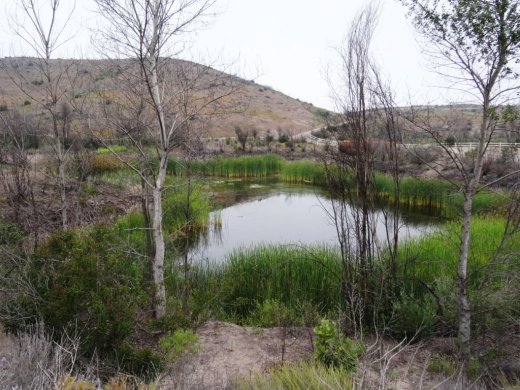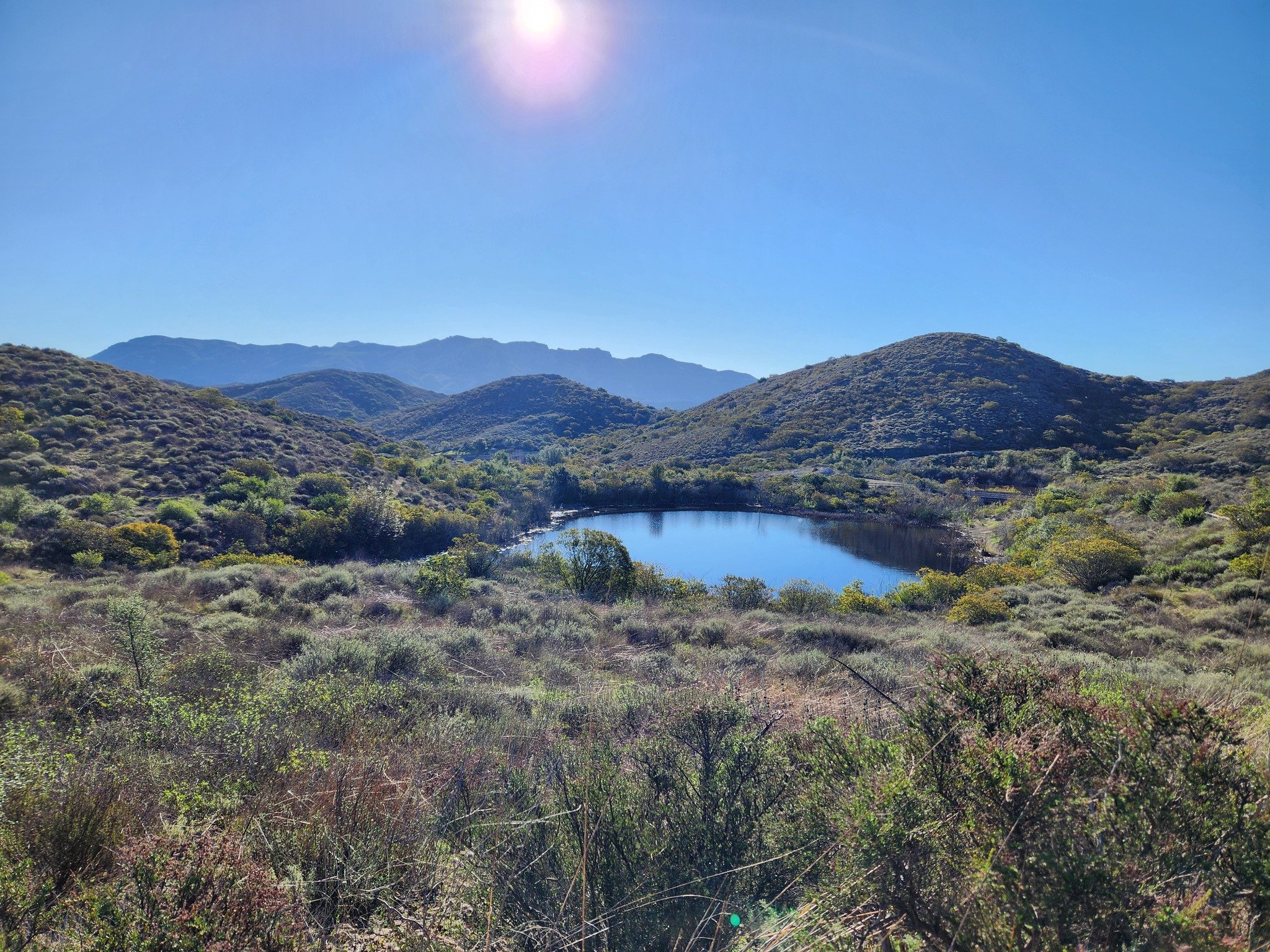The Adamson House in Malibu is Listed on the National Register of Historic Places
/The Adamson House at 23200 Pacific Coast Highway in Malibu is a National Historic Site and a registered California landmark. The house and grounds share one of the most beautiful beach locations in Southern California, with a view of the Malibu Lagoon, Malibu Beach and the Malibu Pier. In addition to its world-famous Malibu Tile, the house contains hand-carved teak wood doors, hand-painted murals, molded ceilings, hand-wrought ironwork and lead-framed bottle glass windows.
The house was built in 1930 for Rhoda Rindge Adamson and Merritt Huntley Adamson, originally as a summer cottage and in 1936 as the family's primary residence. It is located on the 13,315 acre Malibu Rancho that was purchased by Rhoda's parents, Frederick and May K. Rindge, in 1892. Mr. Rindge passed away in 1905 and left the ranch to his wife, who later gave the parcel to the Adamsons.
USC graduate Merritt Adamson met Rhoda Rindge while he was employed as foreman of the Rindge Ranch. The couple married in 1915 and in 1916 Merritt founded Adohr Farms in the San Fernando Valley, named after his wife's first name spelled backwards.
Rhoda inherited the property after Merritt's death in 1949 and she lived there until her passing in 1962. The land was later purchased by the State of California under eminent domain laws to create beach parking, but local groups and preservationists fought to preserve the property and succeeded. The house was restored and the garage was converted into the Malibu Lagoon Museum and they opened to the public in 1983.
Flooring in the backside of the house
The Adamson House Tour is a guided tour through the house which contains its original furnishings and is decorated with the renowned Malibu Potteries tile. Trained volunteer docents relate the history of the house, details of its architecture and furnishings, and the history of the family that lived in and created this distinctive home. Admission (as of November 2025) is $7 for ages 17 and up, $2 ages 6 to 16 and free for under 6. Cash only. Open for guided tours 11am to 2pm Wed to Sat. More information at www.adamsonhouse.org or call 310.456.8432.






























